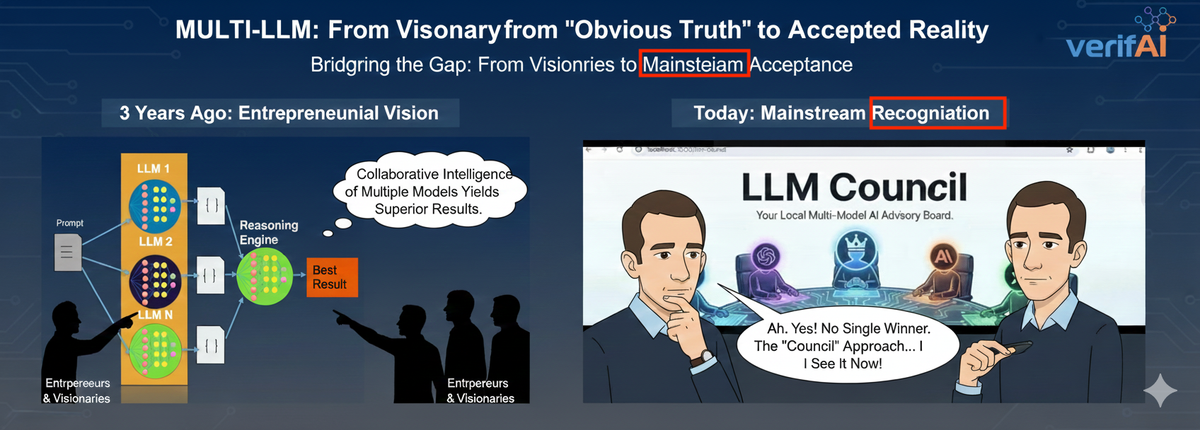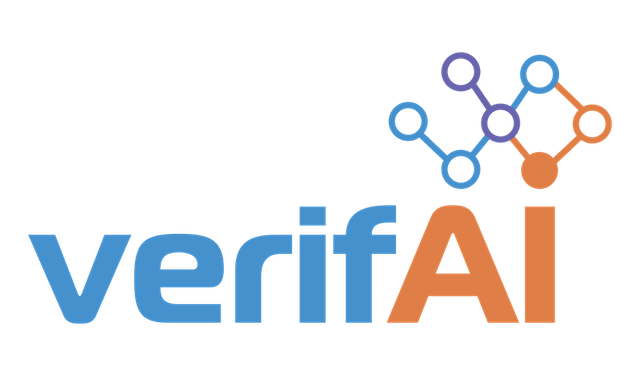Model Anxiety: The Enterprise Dilemma in the Age of AI

Enterprises and consumers are experiencing "model anxiety": an unprecedented uncertainty about which AI model and cloud provider to choose in today's rapidly evolving landscape.
The New Decision-Making Paradigm
Traditionally, enterprise technology decisions were straightforward. Cloud providers were selected based on established relationships, historic partnerships, and compelling sales presentations. But the AI revolution has fundamentally changed this calculus.
Today, enterprises face a dual challenge: selecting not just a cloud provider, but also choosing AI models that could define their capabilities and competitive position for the next decade. These decisions have evolved from IT considerations to existential business questions debated in boardrooms.
The C-Suite Conversations
Real discussions happening in executive suites reveal the depth of this anxiety:
- "We committed to Claude-Code for our workflows, but now Gemini 3 is outperforming it on key benchmarks. Should we pivot?"
- "What about open-source models like Llama, GPT-OSS: are we missing cost savings and customization opportunities?"
- "Which models are our competitors using? Are we falling behind, or should we differentiate?"
- "How do we future-proof this investment when the landscape shifts quarterly? What's our exit strategy if we're wrong?"
Why There Are No Easy Answers
Unfortunately, there's no clear playbook for these decisions. Several factors contribute to this model anxiety:
Unprecedented Rate of Change: Model capabilities improve monthly, not yearly. What's cutting-edge today may be obsolete in six months.
Lack of Standardization: Unlike previous technology transitions, there's no agreed-upon standard for model APIs, performance benchmarks, or evaluation metrics, making comparisons difficult.
Opacity and Black Box Nature: Most companies aren't disclosing which models power their AI features, making competitive analysis challenging. Additionally, the inner workings of many models are opaque, making it difficult to understand their limitations.
The Lock-In vs. Flexibility Trade-Off: Deeper integration with a single model/provider yields better short-term results but increases long-term risk and switching costs.
Rapid Vendor Evolution: New players emerge constantly, and established providers regularly leapfrog each other on capabilities.
Impact Beyond Enterprises
Consumers face model anxiety too—concerns about job displacement as AI automates tasks, data privacy and security risks, and uncertainty about which AI tools and skills will remain relevant for their careers.
Practical Strategies for Managing Model Anxiety
Adopt a Multi-Model Strategy: Design architectures to be model-agnostic where possible. Use abstraction layers that allow model swapping without complete rewrites. Don't put all your eggs in one basket.
Focus on Your Use Cases, Not Hype: Benchmark models against your specific tasks rather than general leaderboards. Establish clear evaluation criteria based on accuracy, latency, cost, and explainability for your needs.
Build Internal Evaluation Frameworks: Develop consistent testing protocols and invest in AI literacy across your teams. Continuous monitoring and assessment are essential.
Consider Total Cost of Ownership: Look beyond inference costs—factor in fine-tuning expenses, vendor support, compliance requirements, data residency concerns, and potential switching costs.
Embrace Experimentation and Agility: Allocate budget for continuous model evaluation. The landscape will keep changing; your strategy must be dynamic. Don't be afraid to pivot as new winners emerge.
Explore Open Source Carefully: Models like Llama 3 and Mixtral offer compelling cost and customization benefits, though they require more in-house expertise to deploy and maintain.
Prioritize Adaptability: Choose cloud platforms offering flexibility and easy integration with various AI models to reduce vendor lock-in.
The Path Forward
Model anxiety isn't going away—it's a defining feature of this technological moment. While daunting, this rapid evolution also presents incredible opportunities for organizations that can adapt quickly.
The winners won't be those who pick the "perfect" model, but those who build adaptable systems, maintain strategic flexibility, and balance innovation with prudent risk management. Recognize that in the current climate, agility is a survival skill.
How is your organization tackling model anxiety? What strategies are working for you? Share your experiences in the comments.
Fun Fact: This blog was generated by multillm.ai using the following prompt:
'I'm writing a blog about "model anxiety" for enterprises and consumers, here are a few thoughts, please refine the content and recommend edits and additions.. Model Anxiety'

